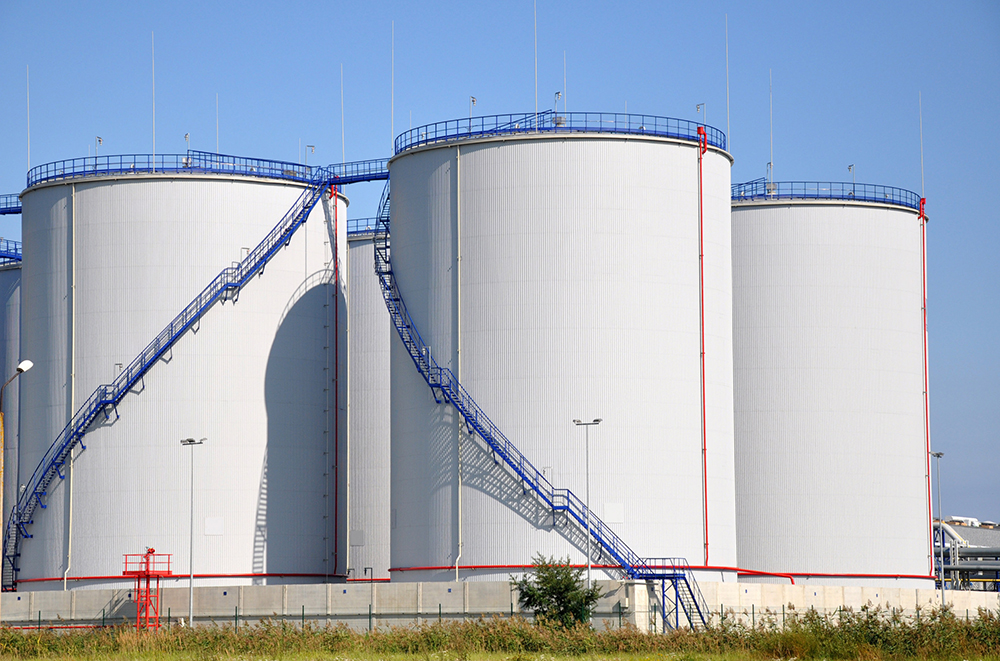Fixed roof tank inspection
The inspection of fixed roof tanks is a critical process in ensuring the safety and operational efficiency of storage facilities. Fixed roof tanks are commonly used to store various types of liquids, gases, or solids under pressure. These tanks play a pivotal role in industries such as petrochemicals, chemicals, pharmaceuticals, and food processing.
The primary focus during inspection is on identifying potential defects, ensuring compliance with relevant regulations, and preventing accidents that could lead to environmental hazards or operational disruptions. The integrity of the tank's shell, roof, and accessories must be verified through thorough inspections.
Regulatory bodies such as the American Society of Mechanical Engineers (ASME), European Committee for Standardization (CEN), and others have established guidelines and codes that govern the inspection procedures. These standards ensure that all tanks are assessed based on their specific design criteria, material properties, and operational conditions.
The inspection process typically involves several stages: preliminary evaluation, visual examination, thickness measurement, hydrostatic testing, and non-destructive testing (NDT). Each stage is designed to uncover potential issues without compromising the integrity of the tank. The use of advanced NDT techniques such as ultrasonic testing, radiography, and eddy current inspection provides accurate data that can help in making informed decisions regarding maintenance and repair.
Visual inspections are conducted first to identify any visible signs of corrosion, cracks, or other anomalies. These initial checks are crucial for directing further inspection efforts towards specific areas of concern. Once the visual examination is complete, ultrasonic thickness gauges are used to measure wall thickness at various points around the tank. This data helps in assessing the overall condition and predicting future failures.
Hydrostatic testing involves subjecting the tank to a specified pressure while monitoring for leaks or deformations. This test verifies that the tank can withstand operational pressures without failing. Non-destructive testing methods such as radiography are employed to detect internal defects like cracks or porosity in areas inaccessible through other means.
The results of these inspections are meticulously documented and compared against industry standards. Compliance with ASME, EN, ASTM, and IEC specifications ensures that the tank meets all necessary safety requirements. Non-compliance may lead to operational halts, fines, and potential liabilities.
In industries reliant on fixed roof tanks, ensuring consistent quality is paramount. By adhering to strict inspection protocols, facilities can minimize downtime, reduce maintenance costs, and enhance overall safety. The expertise of qualified inspectors ensures that no detail is overlooked during the assessment process.
Applied Standards
| ASME Code | Description |
|---|---|
| ASME Section VIII Division 1 | For low pressure fixed roof tanks. |
| ASME Section VIII Division 2 | For high pressure fixed roof tanks. |
| ASME Code FFS-1 | For fire resistance requirements of fixed roof tanks. |
| Standard | Description |
|---|---|
| EN 13463-1 | For the design and construction of pressure vessels. |
| EN 759-2 | For fire resistance requirements of fixed roof tanks. |
| EN 13463-2 | For inspection, testing, and operation of pressure vessels. |
Customer Impact and Satisfaction
The importance of a robust fixed roof tank inspection cannot be overstated. By conducting these inspections regularly, customers can ensure the continuous safety and reliability of their storage facilities. This proactive approach minimizes risks associated with leaks or failures that could lead to environmental contamination or significant financial losses.
Compliance with international standards not only ensures legal adherence but also enhances the reputation of the facility within the industry. Customers benefit from improved operational efficiency, reduced downtime, and enhanced safety measures. The detailed reports generated during inspections provide valuable insights into the current condition of tanks, guiding future maintenance plans and investments in upgrades or replacements.
Our clients have consistently praised our inspection services for their thoroughness and reliability. We employ a team of highly skilled inspectors who are well-versed in the latest inspection techniques and methodologies. Their expertise ensures that no aspect of the tank's integrity is overlooked, leading to higher levels of customer satisfaction.
The confidence instilled through these inspections allows clients to make informed decisions about their storage needs. By ensuring compliance with relevant standards, we contribute significantly to the overall safety and sustainability of facilities across various industries.
Competitive Advantage and Market Impact
In a highly competitive market, maintaining regulatory compliance is not only a legal requirement but also a strategic asset. Our fixed roof tank inspection services provide our clients with a significant advantage by ensuring they are always ahead of changing regulations and industry best practices.
By adhering to the latest standards such as ASME Section VIII Division 1 & 2, EN 13463-1 & -2, and ASTM specifications, we help facilities avoid costly penalties and operational disruptions. Our expertise in this area ensures that clients can focus on their core business activities without worrying about compliance issues.
The reliability of our inspection services is reflected in the trust placed by leading companies across various sectors. This reputation enhances our market position and allows us to establish long-term relationships with our clients. By providing accurate, detailed reports, we contribute to the overall safety and sustainability of facilities, thereby fostering a positive image within the industry.
Our commitment to excellence extends beyond compliance; it encompasses continuous improvement in inspection methodologies and techniques. This proactive approach ensures that we remain at the forefront of innovation, offering services that are not only compliant but also cutting-edge.





